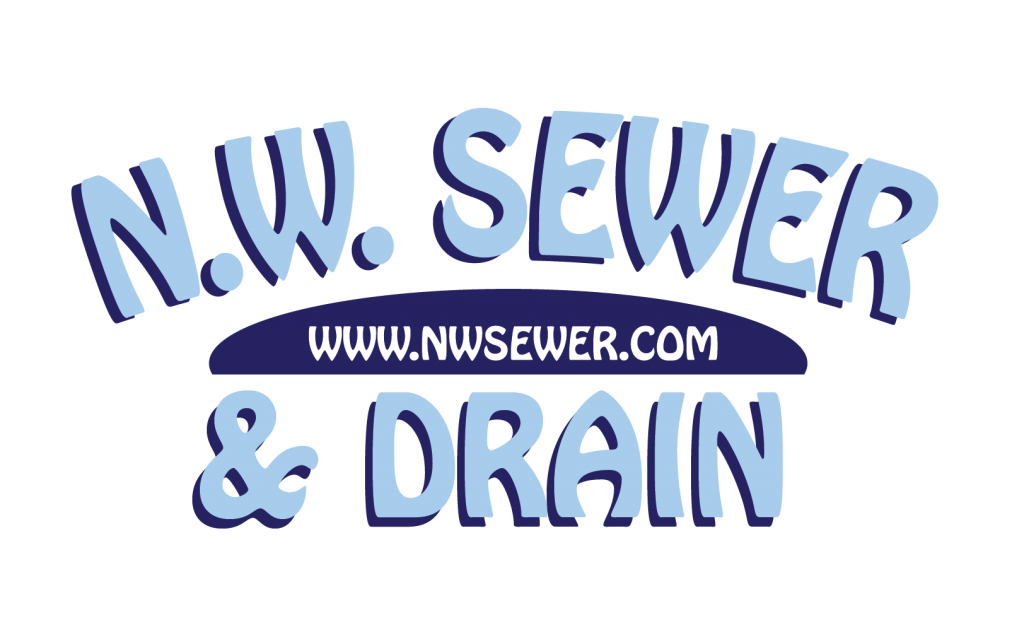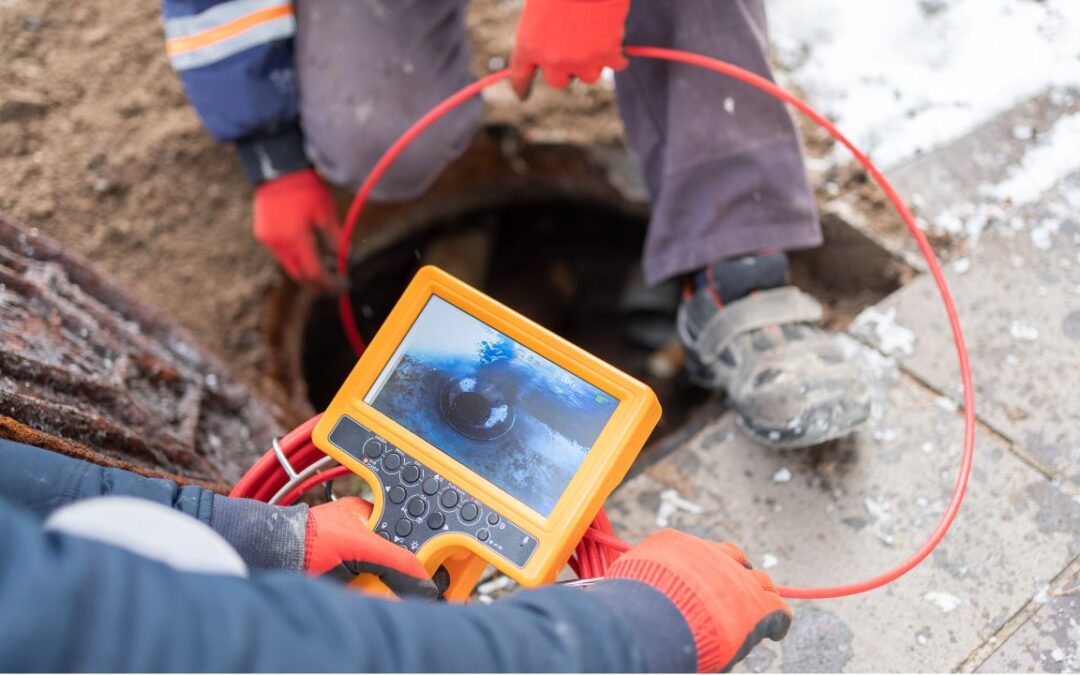So, you’ve got a sewer scope inspection report. It’s a document filled with technical jargon, diagrams, and maybe even some unsettling video footage. Don’t worry, we’re here to break it down into plain English.
The Sewer Scope Inspection Report: A Visual Tour of Your Plumbing Underworld
Think of a sewer scope inspection as a virtual tour of your home’s plumbing underworld. A tiny camera, attached to a flexible cable, is snaked through your sewer line, capturing every twist, turn, and, unfortunately, every clog.
Key Components of Your Sewer Scope Inspection Report
- Video Footage: This is the raw footage of your sewer line. It’s like a reality TV show, but instead of drama, you get to see the gritty reality of your plumbing system.
- Diagrams: These diagrams are like a map of your sewer line. They highlight specific areas of concern, such as cracks, root intrusions, or blockages.
- Written Descriptions: This is where the detective work comes in. The inspector will provide a detailed written description of the issues identified in the video footage and diagrams.
Understanding the Sewer Scope Inspection Jargon
- Lateral Line: This is the pipe that connects your home’s plumbing system to the main sewer line.
- Main Sewer Line: The big daddy of all pipes, responsible for carrying wastewater away from your home.
- Root Intrusion: When tree roots, like mischievous little gremlins, invade your sewer line.
- Offset: A bend or curve in the pipe.
- Sag: A low point in the pipe where water can pool.
What to Look For in Your Sewer Scope Inspection Report
- Signs of Damage: Look for cracks, breaks, or corrosion in the pipe.
- Root Intrusion: Keep an eye out for those pesky tree roots.
- Blockages: Clogs can cause all sorts of plumbing problems.
- Misaligned Pipes: Misaligned pipes can lead to leaks and backups.
Still Confused?
If you’re still scratching your head, don’t hesitate to reach out to a plumbing professional at N.W. Sewer and Drain. They can help you understand your sewer scope inspection report and recommend the best course of action.
Remember, a sewer scope inspection is a valuable tool for maintaining a healthy plumbing system. By understanding your report, you can take proactive steps to prevent costly repairs and avoid unpleasant plumbing emergencies.

The stories shared in this blog, while inspired by real-life scenarios and experiences, have been fictionalized and sometimes exaggerated for illustrative purposes. They are designed to highlight the importance of seeking professional help when it comes to your home’s sewer and drain lines to prevent costly repairs and health issues.

